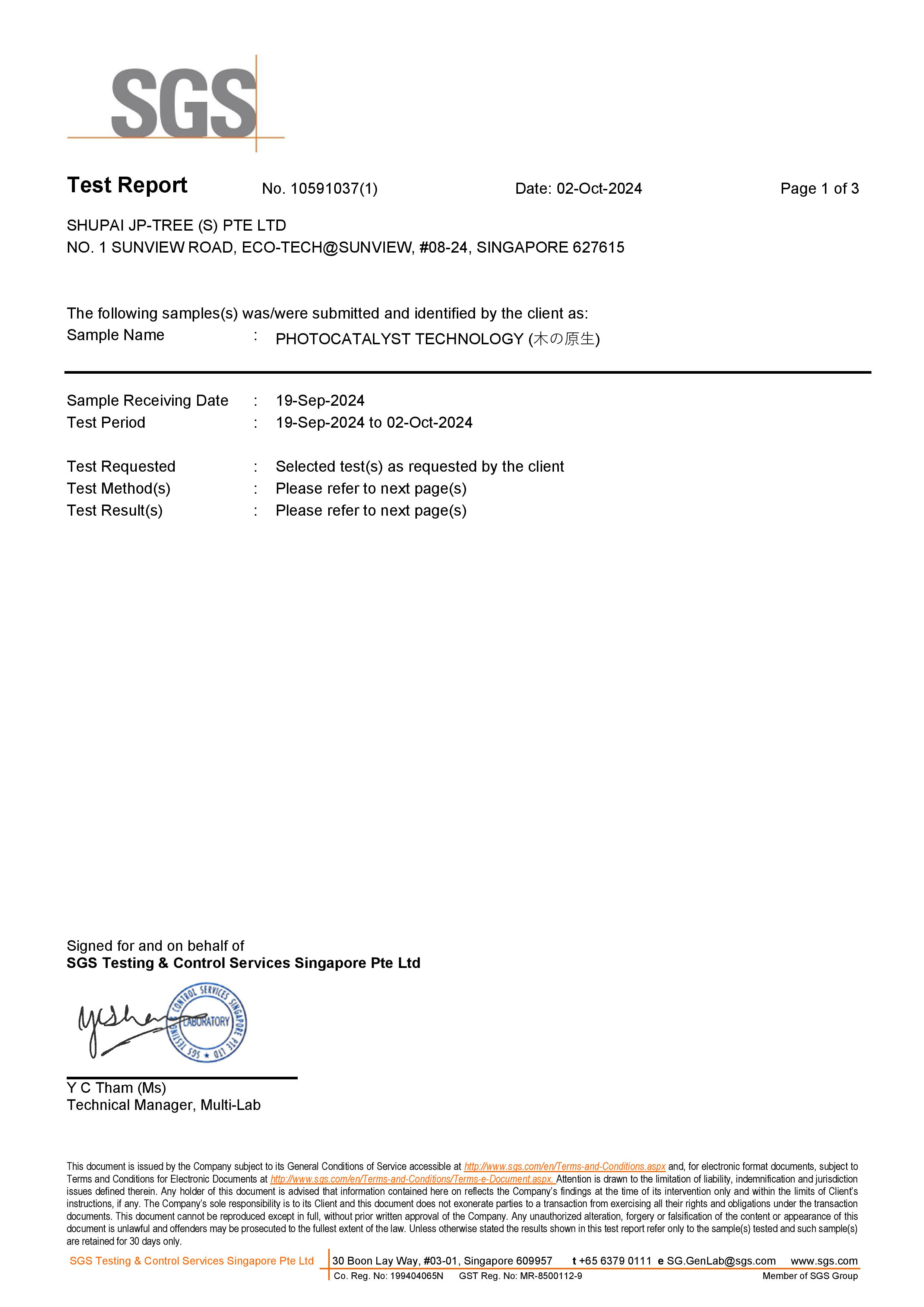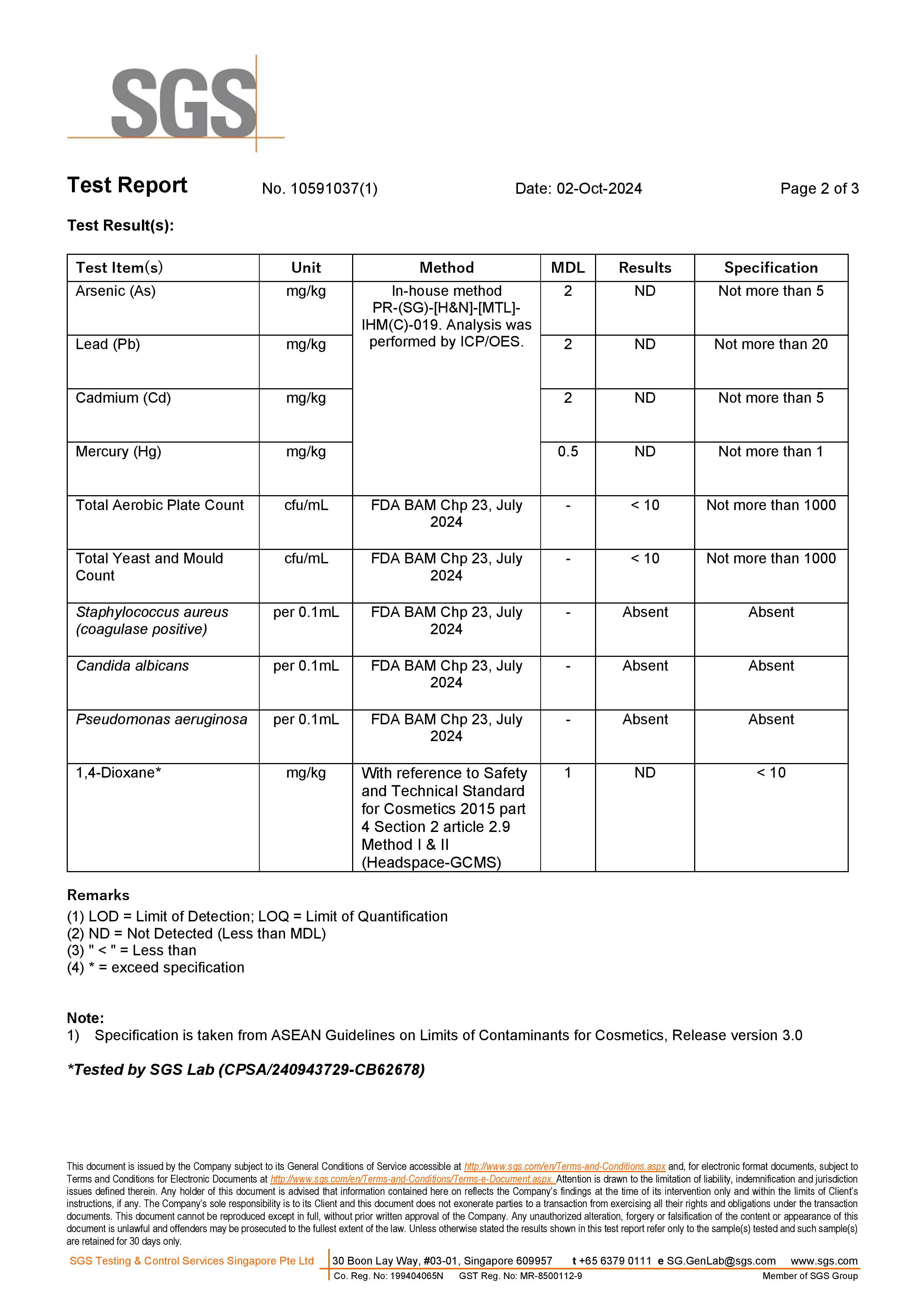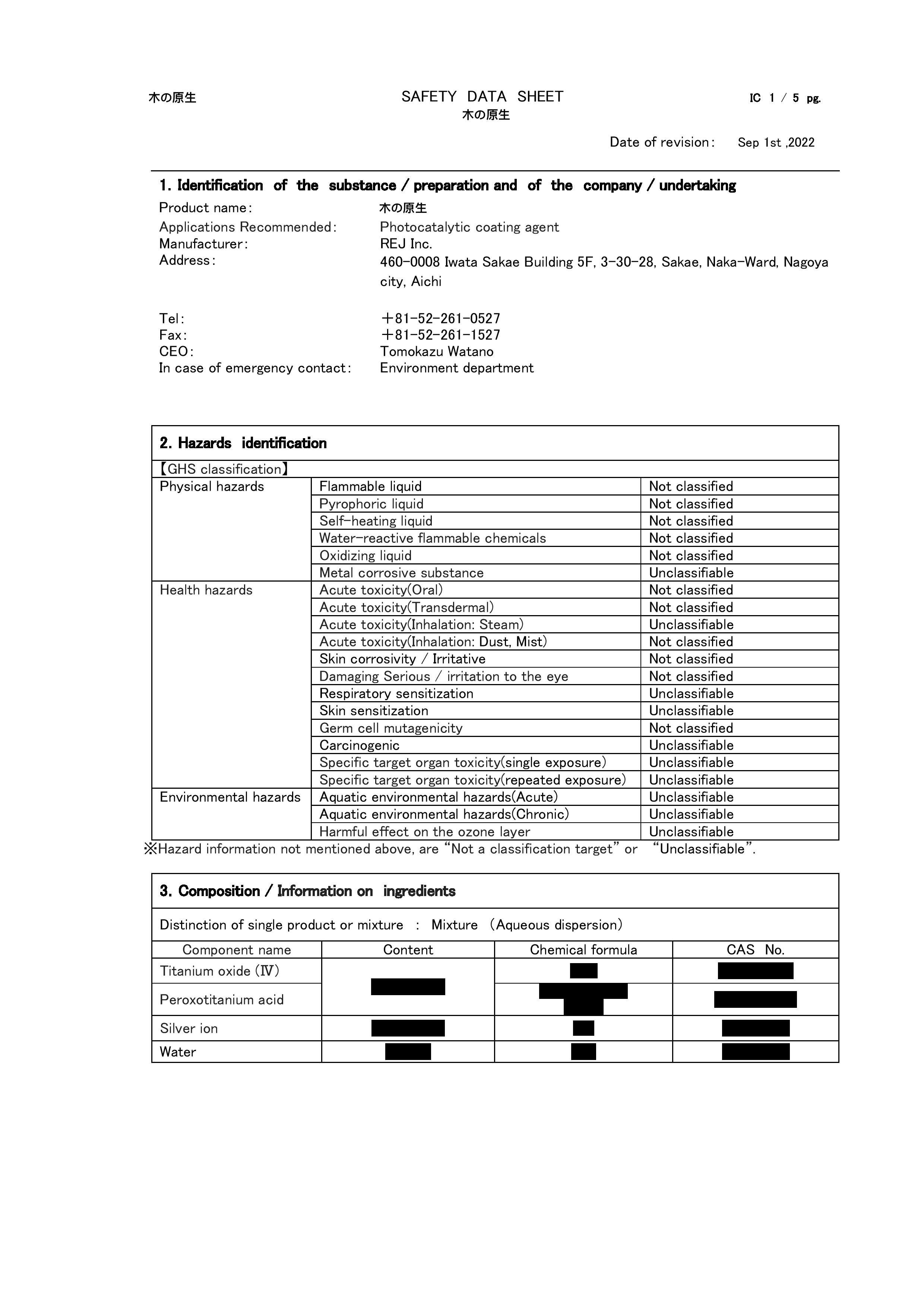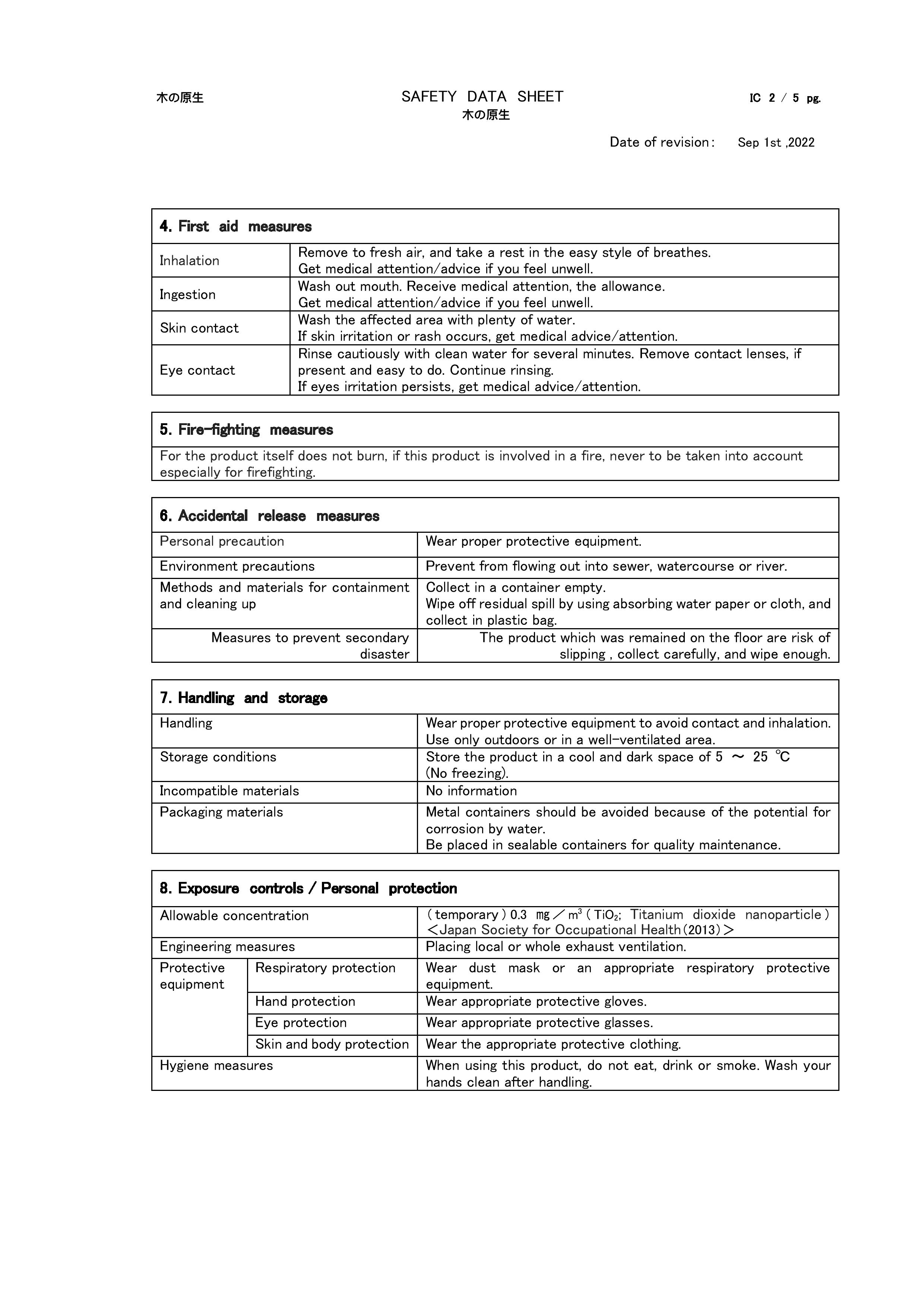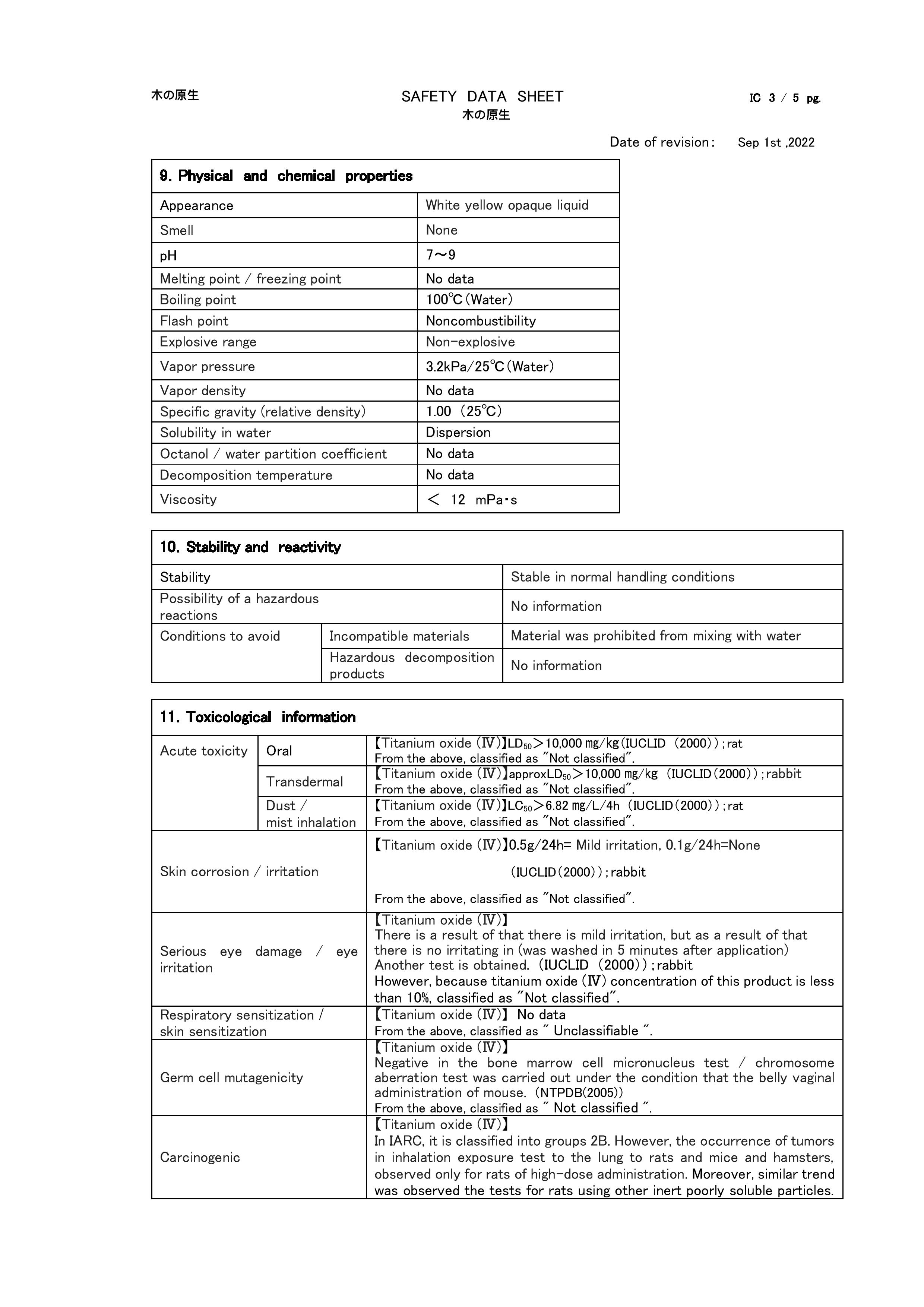
Full Name
0.00 Coin
Settings
Privacy
Communications
Receive the latest promotions, rewards, and updates about GrabMaid Services.
Loyalty Program Membership
My Membership (Select Your Card)
Sources of Formaldehyde
(CH₂O;甲醛)
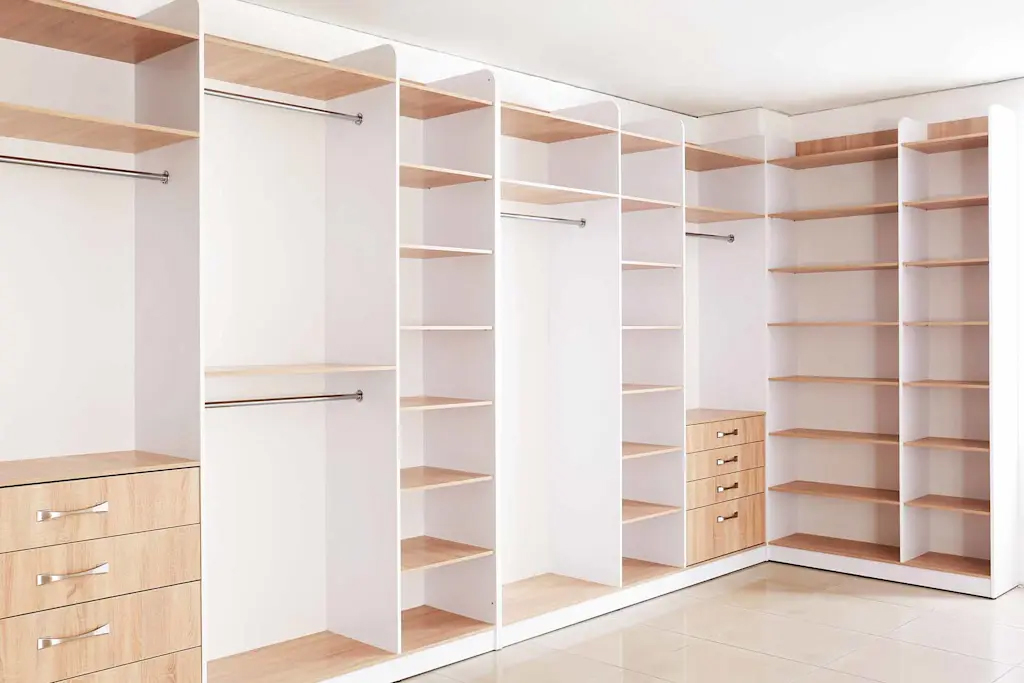
Cabinet & Wardrobe
Many cabinets, especially those made from pressed wood products like particleboard, plywood, and medium-density fiberboard (MDF), utilize adhesives and resins that contain urea-formaldehyde (UF) or phenol-formaldehyde (PF).
These resins act as binders to hold the wood particles or veneers together. UF resins are more commonly used for indoor applications and tend to release formaldehyde CH₂O; 甲醛 at higher rates than PF resins, which are often used for exterior-grade products.

Drawers
Some paints, varnishes, lacquers, and other coatings applied to cabinet surfaces may also contain formaldehyde CH₂O; 甲醛 or release it as they cure. These finishes enhance the durability and appearance of the cabinets.

Baby Cot
Formaldehyde CH₂O; 甲醛 can be released from baby cots through similar mechanisms as it is released from other furniture, but with potentially greater concern due to the vulnerability of infants.
Many baby cots, especially more affordable options, are made using pressed wood products like particleboard, plywood, and MDF (medium-density fiberboard). These materials utilize adhesives and resins containing urea-formaldehyde (UF) or, less commonly, phenol-formaldehyde (PF) to bind the wood fibers together. UF resins are a more common source of formaldehyde emissions in indoor furniture.
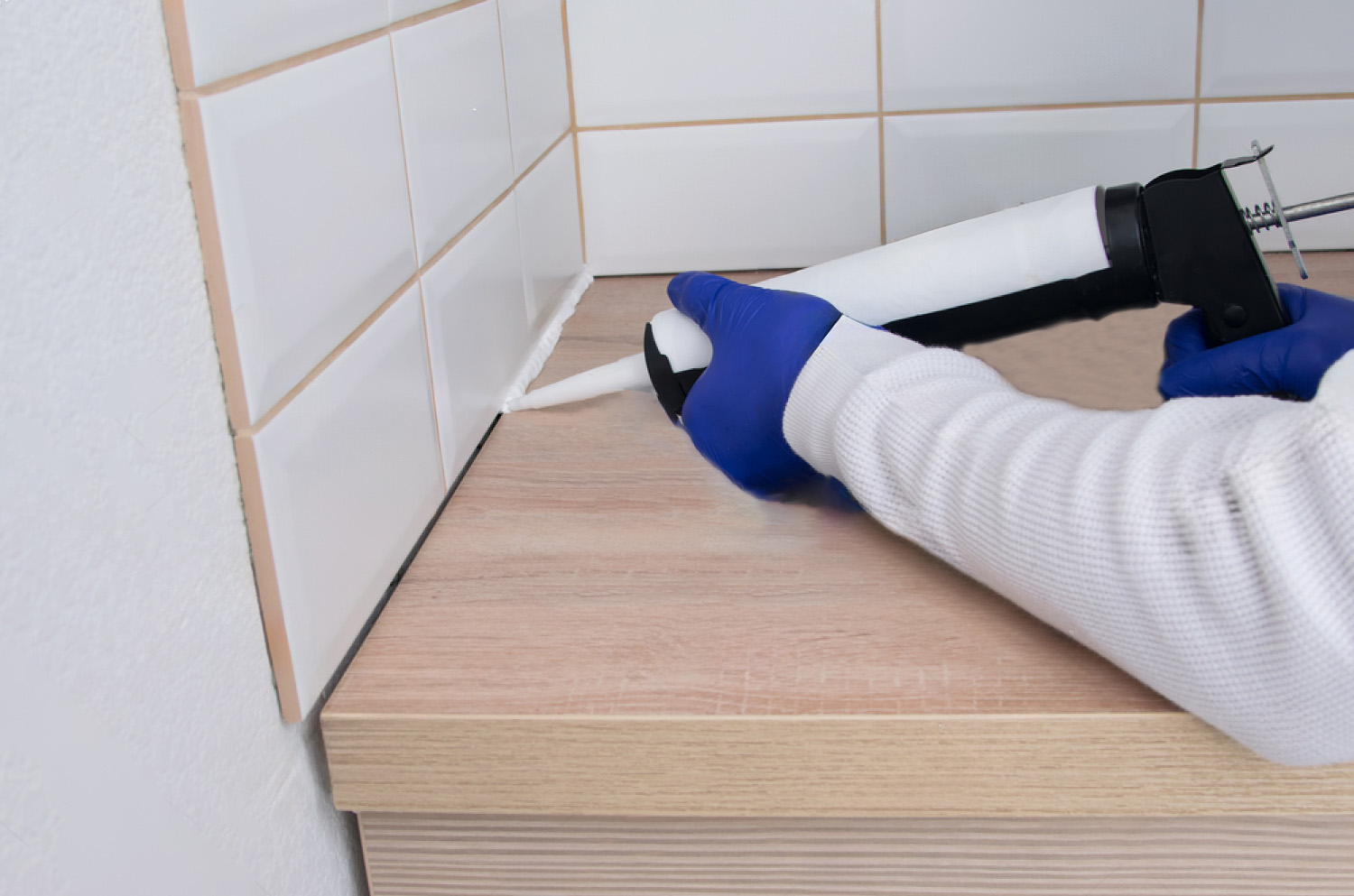
Wardrobe Glue
Formaldehyde can be released from wardrobe glue, primarily if the glue used in its construction contains urea-formaldehyde (UF) resins.
In summary, formaldehyde CH₂O; 甲醛 is released from wardrobe glue primarily if urea-formaldehyde resins were used in its production. This release is a gradual process influenced by the breakdown of the resin over time and is affected by environmental factors and the construction of the wardrobe itself. While the glue itself might be a localized source, the larger surface areas of pressed wood panels bonded by these glues in the wardrobe often contribute more significantly to overall formaldehyde emissions.
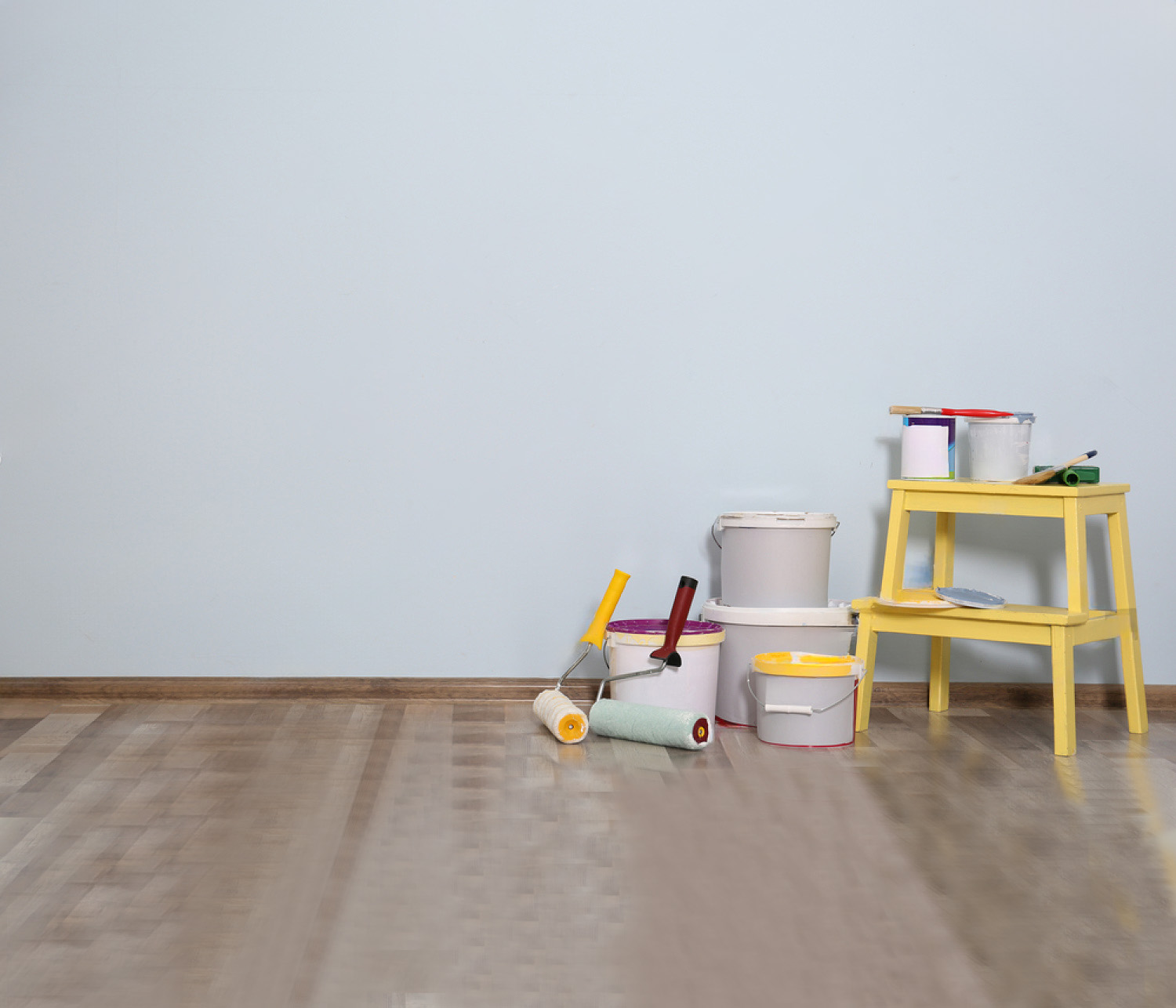
Painting
Formaldehyde itself is a VOC, meaning it's an organic chemical that easily evaporates into the air at room temperature. Even if not intentionally added in large amounts, trace levels present in the raw materials or formed during chemical reactions within the paint can off-gas into the air as the paint dries and cures.
In short, while direct addition of formaldehyde CH₂O; 甲醛 as a preservative in paint is less common now due to health concerns and regulations, trace amounts of formaldehyde (as a VOC) can still be released from some paints during and after application through the process of off-gassing. Choosing low-VOC or zero-VOC paints is a way to minimize formaldehyde and other harmful chemical emissions in your indoor environment.

Furniture
Formaldehyde CH₂O; 甲醛 is released from furniture or wardrobe because it is a component of the adhesives and finishes used in their manufacturing. This release, or off-gassing, is a gradual process influenced by factors like the age of the cabinet, environmental conditions (temperature and humidity), and ventilation. Understanding these factors is crucial for managing and mitigating formaldehyde levels in indoor environments.
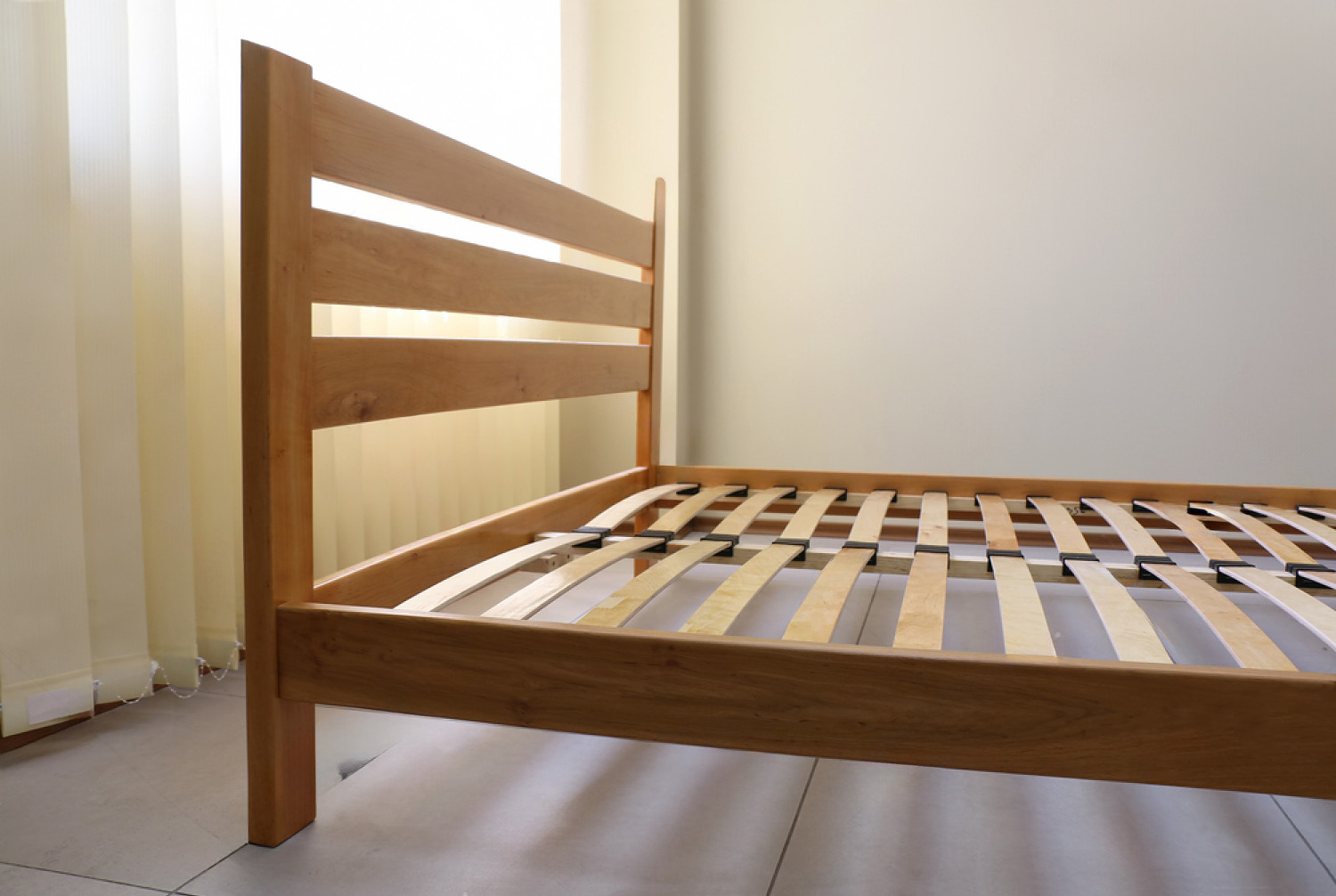
Bedframe
Formaldehyde CH₂O; 甲醛 is released from furniture or wardrobe because it is a component of the adhesives and finishes used in their manufacturing. This release, or off-gassing, is a gradual process influenced by factors like the age of the cabinet, environmental conditions (temperature and humidity), and ventilation. Understanding these factors is crucial for managing and mitigating formaldehyde levels in indoor environments.

Metal Gate Painting
Formaldehyde CH₂O; 甲醛 itself is a VOC, meaning it's an organic chemical that easily evaporates into the air at room temperature. Even if not intentionally added in large amounts, trace levels present in the raw materials or formed during chemical reactions within the paint can off-gas into the air as the paint dries and cures.
In short, while direct addition of formaldehyde as a preservative in paint is less common now due to health concerns and regulations, trace amounts of formaldehyde (as a VOC) can still be released from some paints during and after application through the process of off-gassing. Choosing low-VOC or zero-VOC paints is a way to minimize formaldehyde and other harmful chemical emissions in your indoor environment.
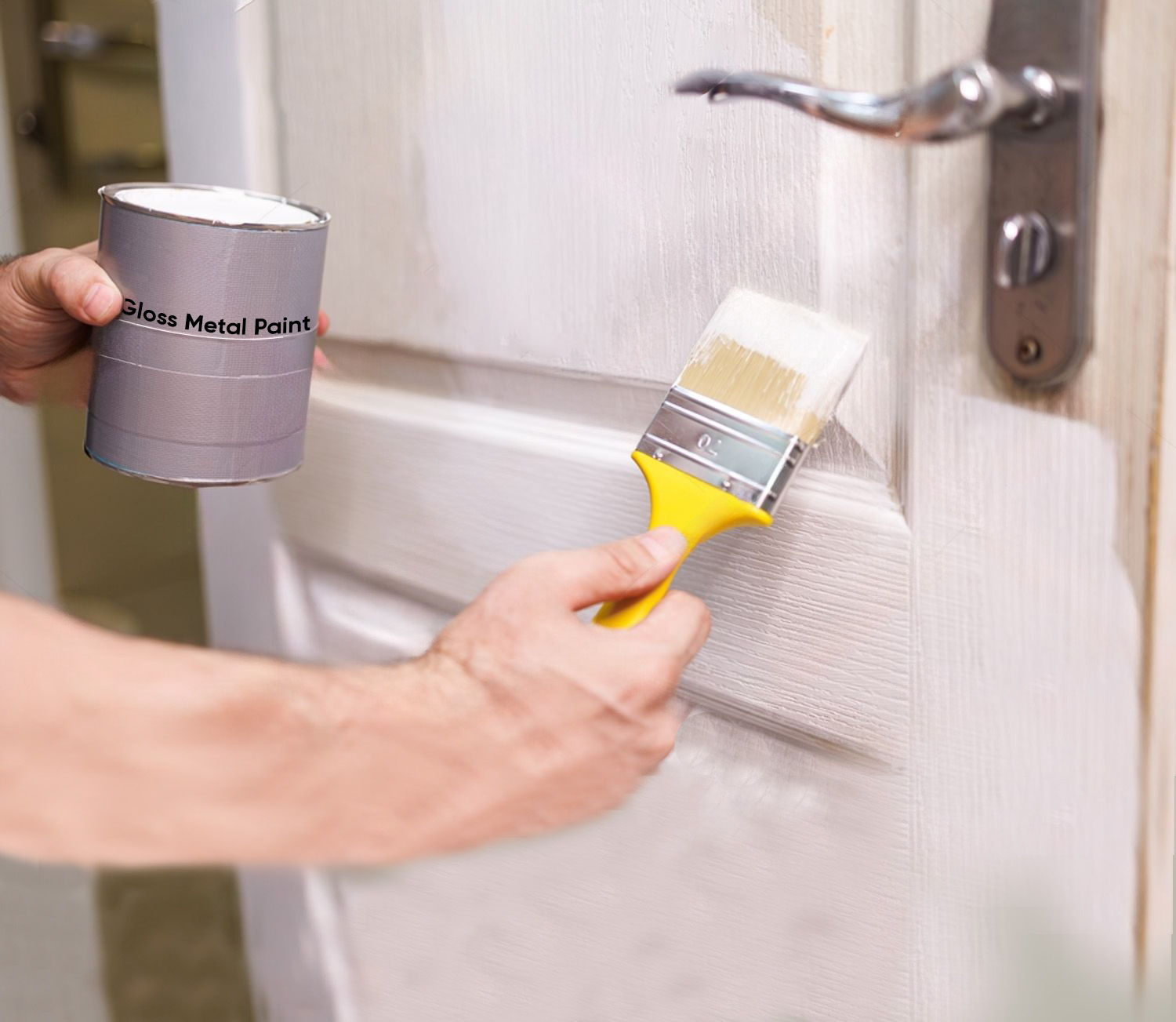
Door Painting
Some paints, although less common now due to regulations and the availability of low-VOC alternatives, may contain formaldehyde CH₂O; 甲醛 or formaldehyde-releasing preservatives to prevent bacterial and fungal growth within the paint container.
During the painting process, as the paint is applied and the solvents (including water in latex paints) evaporate, these preservatives can also release formaldehyde into the air. This release continues as the paint dries and cures.
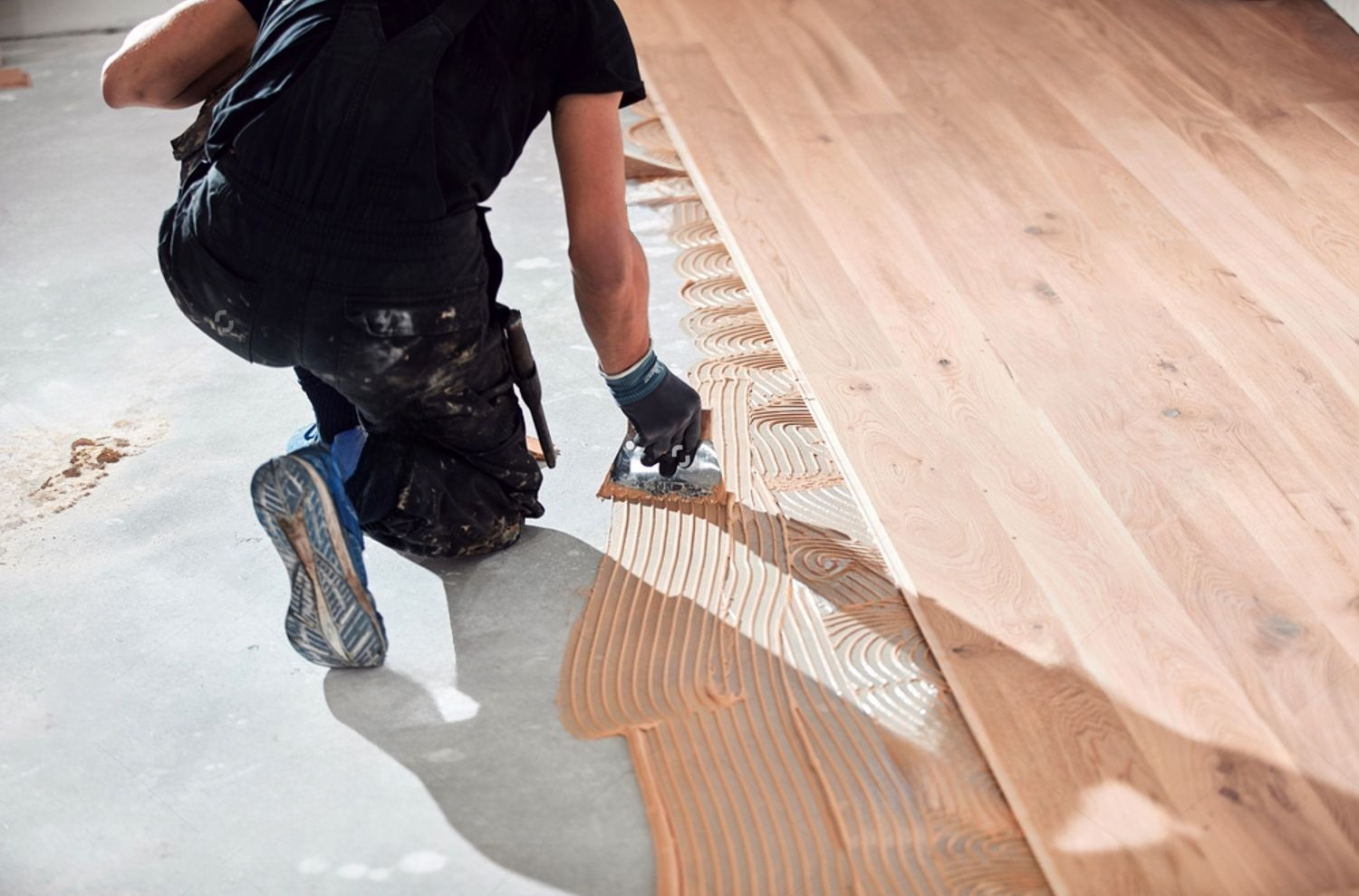
Laminated Floor
Formaldehyde CH₂O; 甲醛 can be released from laminated flooring primarily because of the core material used in its construction and the adhesives that bind the layers together. The inner core layer of most laminate flooring is made from Medium Density Fiberboard (MDF) or High-Density Fiberboard (HDF). These are engineered wood products made by breaking down hardwood or softwood residuals into wood fibers, often combined with wax and a resin binder.
Choosing laminate flooring with certifications for low formaldehyde emissions is crucial for minimizing exposure. Ensuring good ventilation, especially after installation, can also help reduce indoor formaldehyde levels.

Sofa Frame
Formaldehyde CH₂O; 甲醛 is released from furniture or wardrobe because it is a component of the adhesives and finishes used in their manufacturing. This release, or off-gassing, is a gradual process influenced by factors like the age of the cabinet, environmental conditions (temperature and humidity), and ventilation. Understanding these factors is crucial for managing and mitigating formaldehyde levels in indoor environments.

Short-Term Health Conditions

Headache & Chest Tightness
Formaldehyde CH₂O; 甲醛 causes headache primarily through the irritation of sensory nerves in the upper respiratory tract and potentially through systemic effects at higher concentrations.
On the other hand, Formaldehyde causes chest tightness through direct irritation and inflammation of the airways, leading to bronchoconstriction and increased mucus production. This response is a protective mechanism by the body to limit further exposure and expel the irritant. Individuals with pre-existing respiratory conditions are particularly susceptible to this effect.
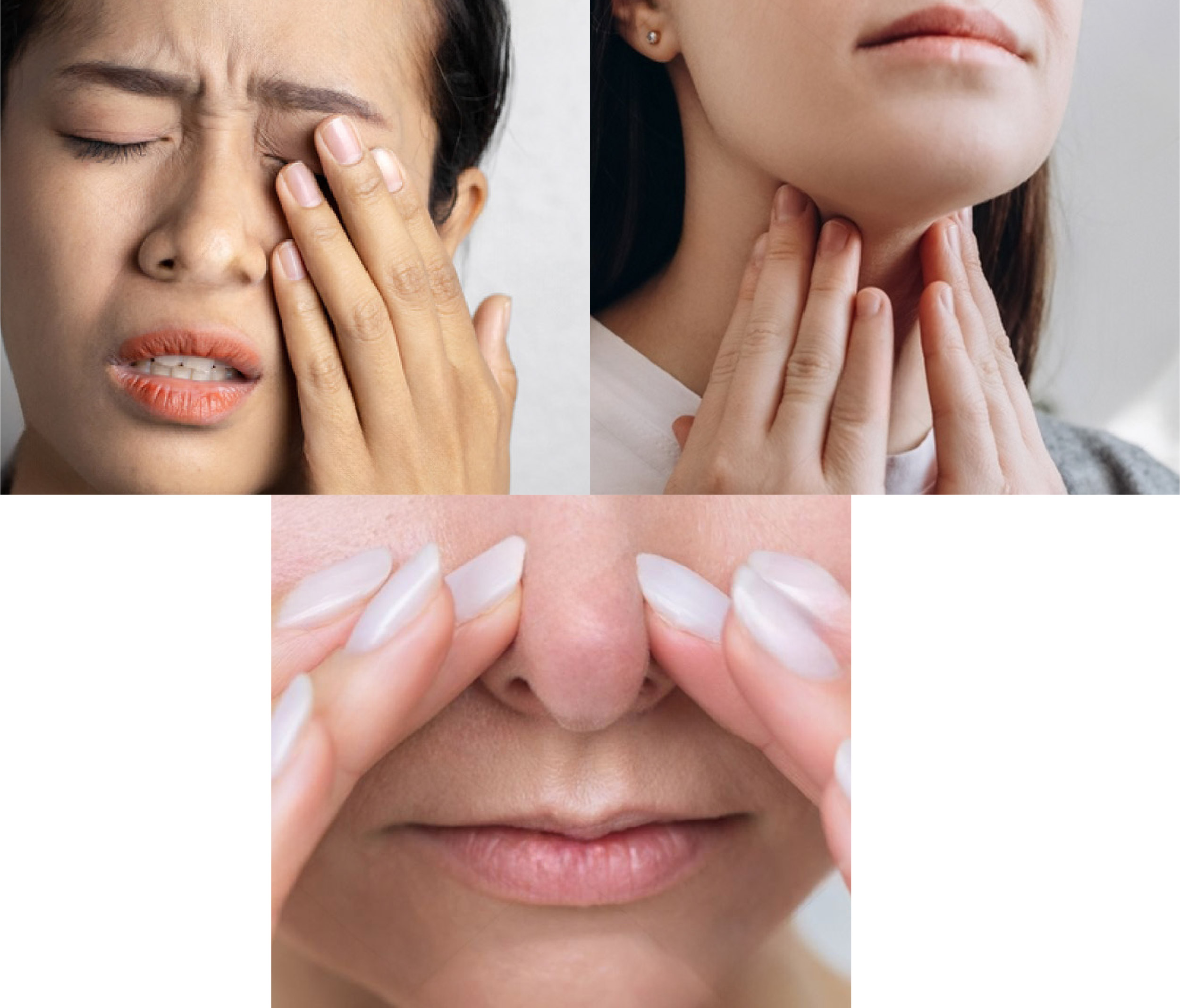
Irritation of The Eyes, Nose & Throat
Formaldehyde CH₂O; 甲醛 is a highly reactive volatile organic compound (VOC). Its irritating effects stem from its direct interaction with the moist mucous membranes lining the eyes, nose, and throat. Once dissolved, Formaldehyde compound reacts quickly with proteins and other macromolecules in the surface cells and causing the irritation of exposure of organ (skin, eye and mouth & throat).

Coughing & Choking
Formaldehyde's direct chemical irritation of the respiratory lining triggers inflammation and stimulates sensory nerves, leading to the protective reflexes of coughing and the sensation of choking.
These responses are the body's way of trying to expel the harmful substance and minimize damage to the respiratory system. The severity of these symptoms depends on the concentration and duration of formaldehyde exposure, as well as individual sensitivity.
Long-Term Health Conditions

Sensitive Skin
Skin is the largest organ in the body, covering its entire external surface, and Formaldehyde CH₂O; 甲醛 is a highly reactive volatile organic compound (VOC), and it is highly contacted surface when one’s exposing to VOC.
Formaldehyde can cause sensitive skin through direct irritation, leading to irritant contact dermatitis, or by triggering an allergic reaction in sensitized individuals, resulting in allergic contact dermatitis. The latter can occur even with very low levels of exposure after sensitization has developed.

Allergic Asthma & Respiratory Issues
Formaldehyde CH₂O; 甲醛 is a well-known airborne contaminant causing eye, nose, and throat irritation as well as airway irritation and slight neuropsychologic changes.
Formaldehyde causes allergic asthma by acting as a sensitizer and triggering allergic reactions upon subsequent exposure. It can also exacerbate existing asthma and cause other respiratory issues through its direct irritant and inflammatory effects on the airways, potentially leading to impaired lung function and increased susceptibility to infections. The severity of these effects depends on the concentration and duration of exposure, as well as individual susceptibility and pre-existing conditions.

Cancer & Leukemia
Studies of workers exposed to high levels of Formaldehyde CH₂O; 甲醛, such as industrial workers and embalmers, have found that formaldehyde causes myeloid leukemia and rare cancers, including cancers of the paranasal sinuses, nasal cavity, and nasopharynx.
The U.S. Environmental Protection Agency recommends the use of “exterior-grade” pressed-wood products to limit formaldehyde exposure in the home. Formaldehyde levels in homes and work settings can also be reduced by ensuring adequate ventilation, moderate temperatures, and reduced humidity levels through the use of air conditioners and dehumidifiers.





